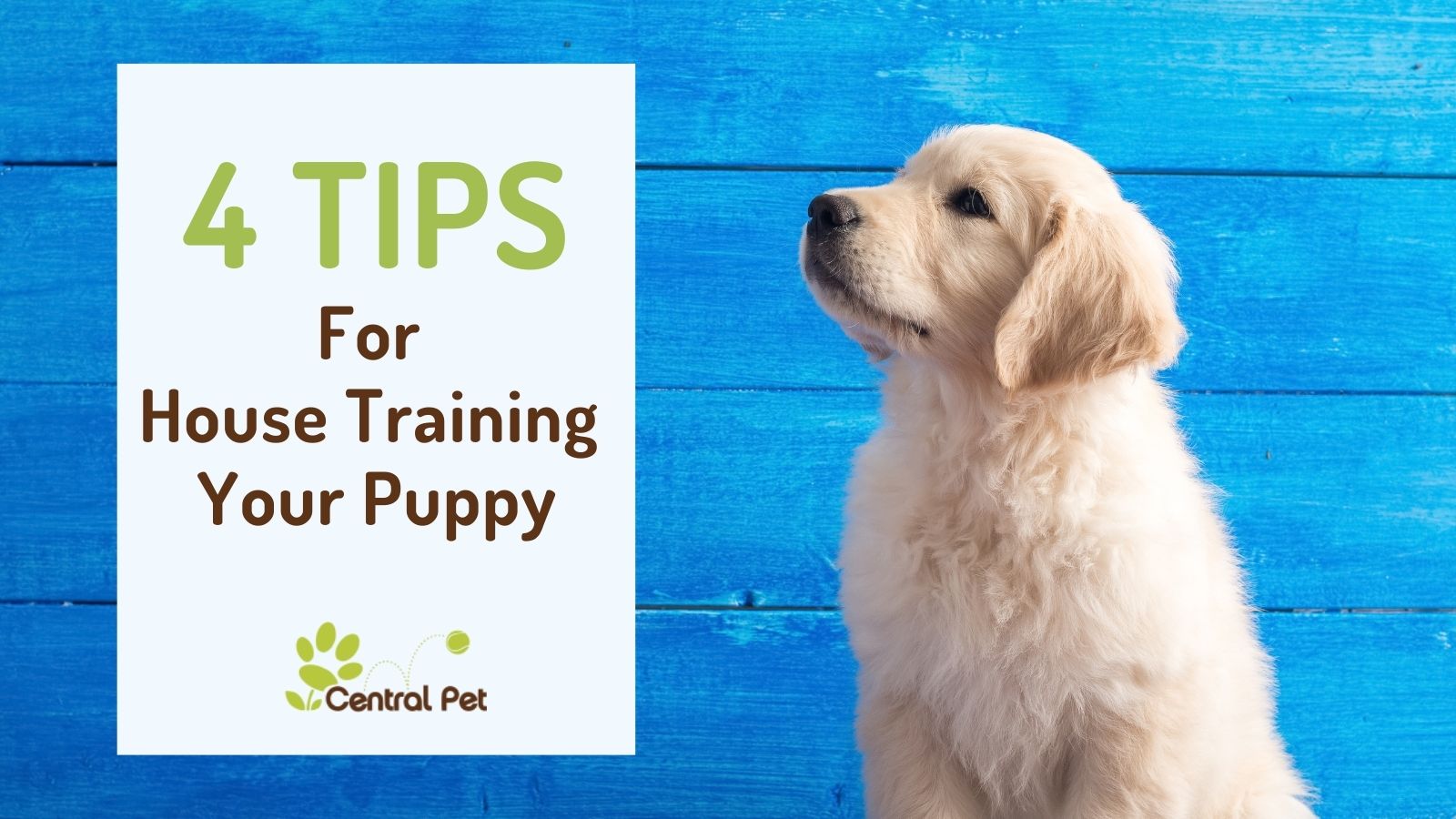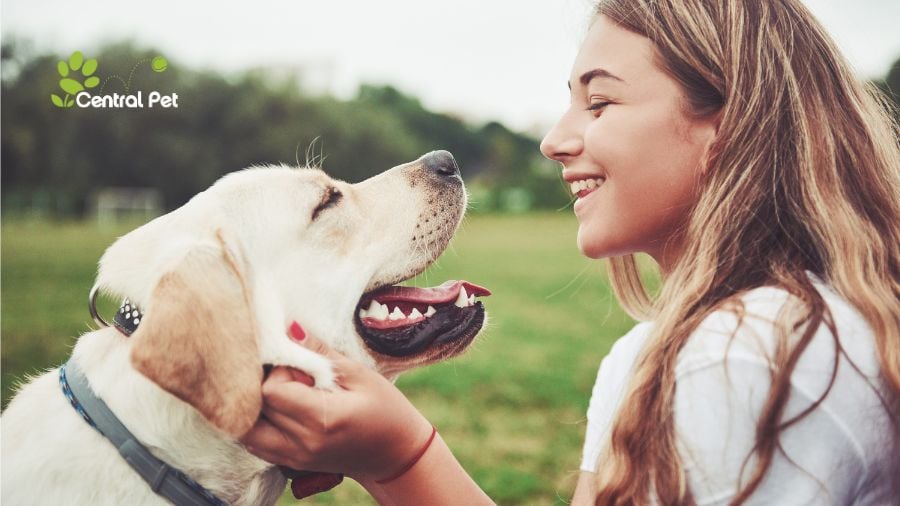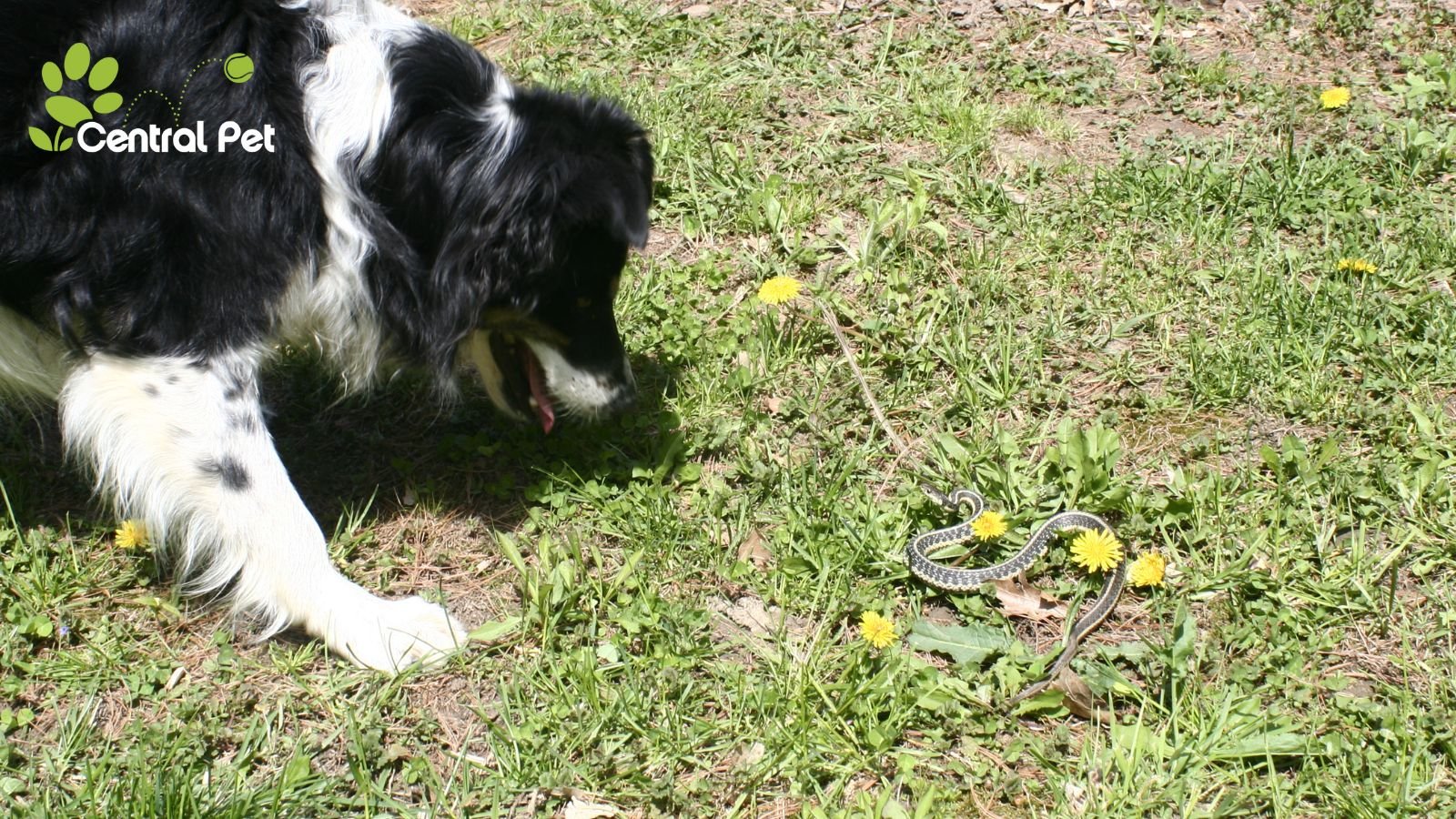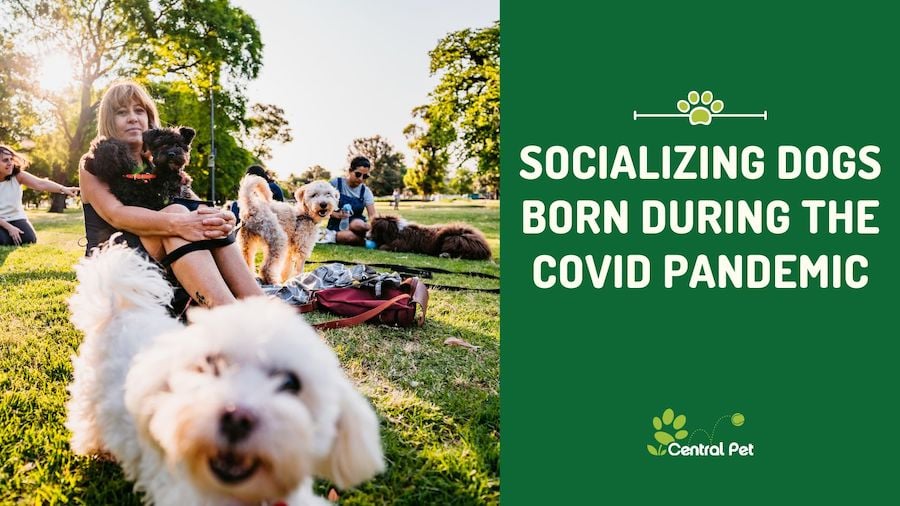House training is a crucial step in creating a lasting bond and understanding with your new puppy. Of course, nobody wants a mess on their floor, but dogs don't learn how to control themselves on their own. They need to be taught the proper place to relieve themselves.
When it comes to house training puppies or even older dogs, there are several methods to choose from. However, a few core tips are essential no matter what training method you choose to use. While house training, you have to maintain these things to help make sure that you have no messes in your home.
1. A Proper Diet Matters for House Training
Puppies are tiny and therefore have tiny digestive systems. It is recommended to break up their feeding schedule into three small meals per day, and it is important to do your research on the food you are feeding your best friend. Make sure that the food you are feeding your pup is high quality. Central Pet carries dog foods with the best in high-quality ingredients. We help you feed your puppy the best to ensure they live a long, happy, healthy life. Take the time to observe your puppy's stool to ensure it is consistent and healthy. If you have an older dog, it's just as important to continue a proper diet with necessary changes as they naturally age.
2. Keep a Regular Schedule as Much as Possible While House Training a Puppy
It's important to remember that a regular bathroom schedule is important for all dogs, young and old. A great bathroom guide to follow early is to allow one hour of "hold-it-time" per month of the puppy's life (up to 12 months). While this can help your dog learn better control, it's also important to remember that all dogs are different. Some pups simply can't go very long without relieving themselves, so it's critical to understand their specific needs, too. Start a bathroom schedule early on and stick to it as much as possible. Here are a few tips for a routine to follow:
- As soon as you wake up
- Right before bed
- After any playtime
- After any crate time or nap time
- After eating or drinking
3. Consistent Exercise Helps With House Training
Movement allows for easier digestion and should be a part of any dog's routine. Make sure that your dog is getting plenty of exercise throughout the day with regular walks and playtime.
4. Reward Your Puppy For a Job Well Done
Make sure your pup knows when they have done a good job by letting you know they need to go outside or if they relieve themselves in the correct spot. These small victories should be celebrated so that your pup connects using the bathroom with positive outcomes.
Popular House Training Methods Used with Puppies
While there are many different methods, most people use the general guidelines offered in two of the most popular house training methods. The first method is crate training, in which you secure your pup in a crate just the right size so that there is limited room and less desire to potty on the floor where they will have to lay. Next, we have paper training, which involves using pee pads or some indoor medium to allow the puppy to use the bathroom if necessary while in the house. Both of these methods have proven to be successful, and each has its pros and cons when it comes to house training your puppy.
Crate Training
Crate training can be helpful, but it must be done in the right way so that your dog never feels like the crate is a punishment. Whether we provide it, dogs are den animals and will find a little pup cave that makes them feel safe. Using the crate can be a safe and comfortable experience if you remember only to use it with positive reinforcement. You will want to be observant and pay attention to any physical or vocal cues that your pup may need to use the potty. Don't let your pup use the bathroom in the crate, as that will reinforce that it is okay to go in there, and it will also stress them out because they don't like to mess on themselves.
Paper Training
Paper training doesn't require the pup to be in a crate. Instead, it has a designated area (usually a paper or material pad on the floor) to use the bathroom inside in case of emergencies. This can be a convenient option for some situations, especially for puppies or elderly dogs. However, this method may also reinforce that it is okay to use the bathroom indoors. Some dogs may struggle with understanding that they can only go on the puppy pad.
Three Things to Keep in Mind When House Training a Puppy
Of course, any training method requires lots of patience, kindness, and understanding. They’re learning and need some time and repetition to get it right. Here are a few other considerations to keep in mind:
- Observation is key in making this process flow more smoothly. Changes in behavior or even in stool can be great indicators to take action.
- Some pups just don't do well with traditional house training. If this happens, perhaps a trip to the vet is necessary to determine if there is a medical need or if you should make dietary changes.
- Remember that accidents happen, and it's important to clean up the spots thoroughly so that your dog learns it is not the correct place to use the bathroom.
House training your puppy can be a long process that requires a lot of consistency. At Central Pet Arizona, we can provide the support you need to house train your puppy properly.






